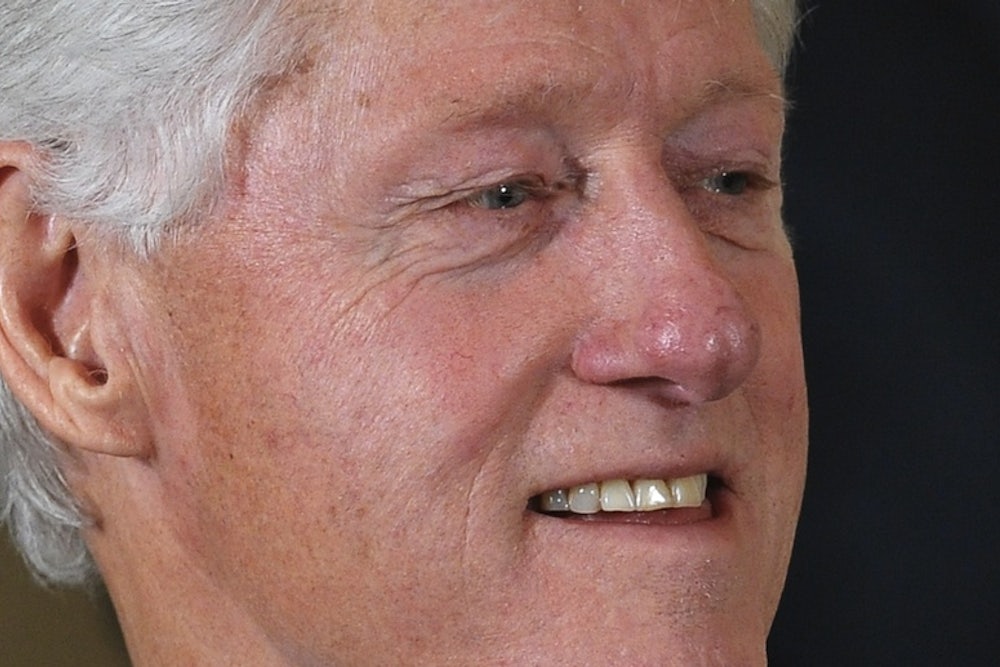The Internet has been having a field day with Bill Clinton’s recently released doodles, freed from the Clinton Library’s files by the hacker Guccifer and published last week by Gawker. In addition to sketches of a limo and a chef, there's what armchair psychologists believe to be a penis.
But what really lies beneath these cartoons? I consulted a Freudian psychoanalyst in New York who, because this is a highly speculative exercise (“It isn’t very valid to interpret doodles out of context, without meeting the person and having them engage in free association,” she told me), asked to remain anonymous. First of all, she notes, we need to look at the sketches with as much context as we have: They appear on a document discussing U.S. negotiations with the former Yugoslavia. Looking through that lens, she said, “I don’t see anything sexual here. I see issues about power, fairness and equality. Doodles can represent fears, anxieties and worries from the unconscious or the conscious mind—and Clinton is clearly a worrier.”
“These doodles show an integrative person, a flexible personality. A person who doodles in great detail probably has a high intelligence and the capacity to regress to a more creative and child-like state. Someone very rigid would not doodle like this.”
“There’s some type of a creeping from the side—it seems he was feeling very threatened, very pressured.”
“Everything is jumbled together. With mazes, you never know how anything is going to end up.”
“The way he’s holding the pan away from himself could be an attempt to distance himself from danger, to avoid the heat—he’s afraid of getting burned.”
“He’s lining things up, and there’s inequality in the line-ups. He was trying to balance the negotiations in spite of terrible inequities.”
“There’s no rear to this car—there are two front sides. He feels he must watch his back, keep his eyes in all directions. This is really a rather good sketch. It’s got the proportions, the right perspective—it shows his intelligence.”
“The guy looks very distressed—his neck is very rigid, his shirt is very tight. This is a very stressed-out person. He looks like he’s crying out for help.”
